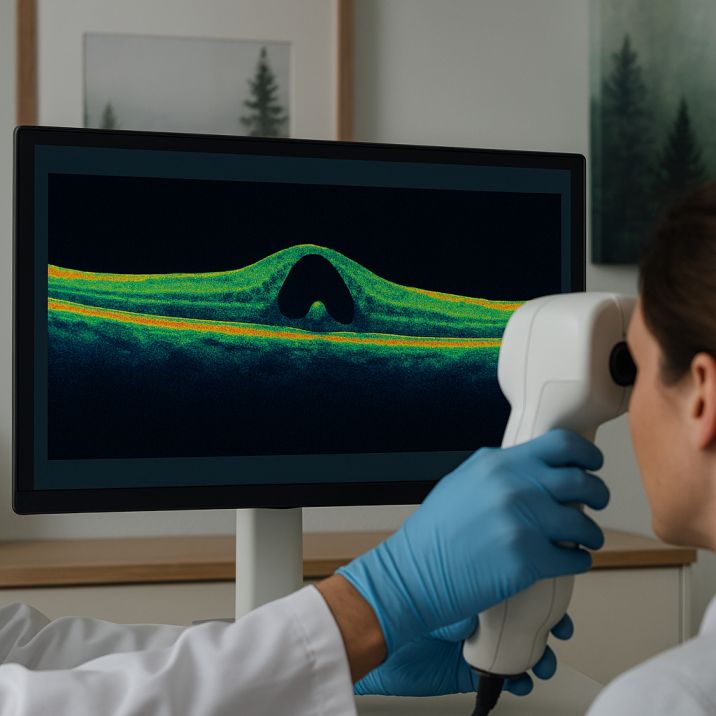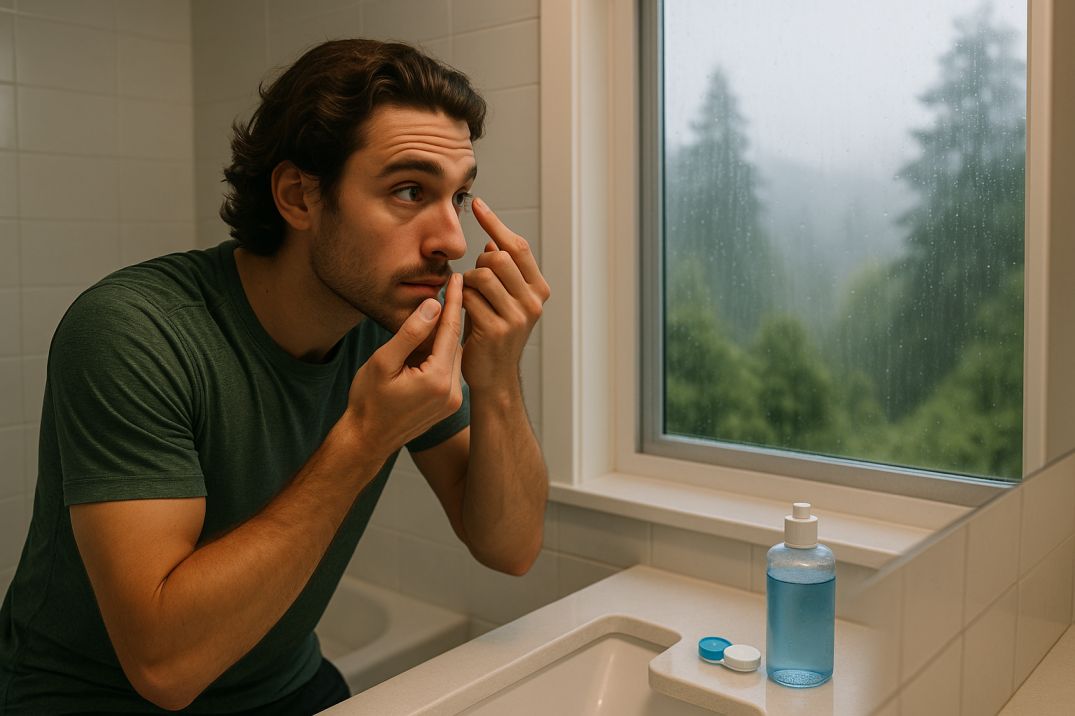Macular Holes: Early Signs & Expert Seattle Care
Understanding Macular Holes
If you’re experiencing blurred or distorted central vision—especially when reading or recognizing faces—you’re describing classic macular hole symptoms. At Cannon EyeCare, we frequently diagnose this retinal condition in active Seattle residents. A macular hole is a break in your retina’s central zone (the macula), crucial for sharp, detail-focused sight. Without treatment, it can progress to permanent vision loss, but today’s advanced therapies offer exceptional recovery rates.
Primary Causes & Seattle Risk Factors
Macular holes develop when the retina’s central zone tears. Key triggers include:
-
Aging: Vitreous gel shrinkage pulls the macula (most common in adults 60+)
-
Trauma: Eye injuries from sports, falls, or accidents
-
High Myopia: Severe nearsightedness strains the retinal tissue
-
Prior Eye Surgery: Retinal procedures increase vulnerability
Seattle-Specific Risks
-
Outdoor enthusiasts: Hiking, kayaking, or gardening without eye protection
-
Tech professionals: High myopia linked to extensive screen use
Recognizing Symptoms: When to Seek Help
Early signs demand prompt evaluation:
-
Distorted central vision (e.g., bent doorframes)
-
Fading ability to read or recognize faces
-
Gray/black voids in central sight
-
Worsening symptoms despite corrective lenses
Advanced Diagnostic Technology
Cannon EyeCare’s precision approach:
-
Comprehensive Exam: Visual acuity + retinal health screening
-
OCT Imaging: High-definition 3D retinal mapping (detects microscopic holes)
-
Dilated Assessment: Detailed posterior eye evaluation
Seattle Advantage: Our Capitol Hill clinic utilizes Zeiss Cirrus HD-OCT technology – the regional gold standard.
Treatment Options Tailored to Northwesterners
Personalized Care for Seattle’s Active Lifestyles
- Small or Trauma-Induced Holes
Approach: Careful monitoring
Outlook: 20% of cases self-resolve without intervention
Ideal for: Early-stage holes from hiking/boating accidents - Moderate Holes (Stage 2-3)
Solution: Vitrectomy surgery with a gas bubble
Success: Over 90% closure rate
Recovery: 2-4 weeks (supports quick return to activities) - Complex or Chronic Cases
Advanced Technique: ILM flap microsurgery
Success: 85-95% closure even for stubborn holes
Seattle Access: Collaborative care with UW Medicine specialists
Innovative Local Options
-
Platelet concentrate therapy for accelerated healing
-
Minimally invasive techniques for faster recovery
-
Weather-aware post-op guidance (elevation/UV precautions)
Seattle-Centric Recovery Protocol
Post-Surgery Reality
-
Weeks 1-2: Face-down positioning (rent equipment at Swedish Medical Center)
-
Month 1: Gradual vision improvement; avoid air travel and elevation changes
-
Months 3-6: Maximal visual recovery; cataract assessment
Local Support Resources
-
Harborview Medical Equipment: Face-down chairs
-
SightConnection Seattle: Vision rehabilitation
Risks & Proactive Prevention
Potential Complications
-
Accelerated cataracts (60% of vitrectomy patients)
-
Retinal detachment (<2% with modern techniques)
Prevention for Seattle Residents
-
Annual retinal exams after age 55
-
ANSI-rated sunglasses during mountain activities
-
Blood pressure management (hypertension elevates risk)
FAQs
-
A macular hole is a small break in the center of the retina, causing blurry or distorted central vision but not affecting peripheral vision




